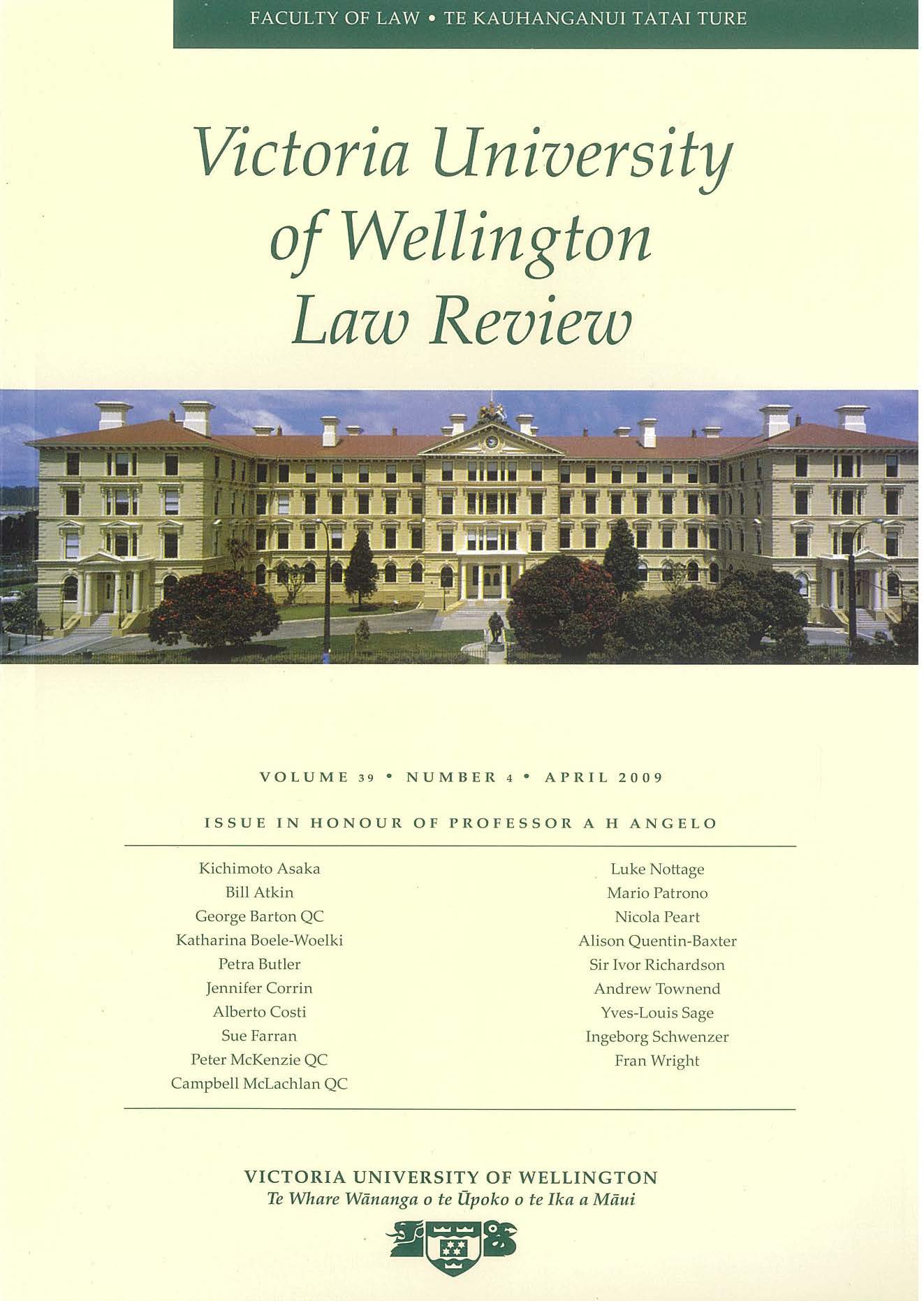Digitisation, Copyright and the Glam Sector: Constructing a Fit-For-Purpose Safe Harbour Regime
DOI:
https://doi.org/10.26686/vuwlr.v50i1.5551Abstract
Copyright law does not currently align with the legitimate activities of galleries, libraries, archives and museums (GLAMs). The GLAM sector plays a central role in collecting and promoting access to cultural works. Increasingly, GLAM institutions are employing innovative digital technologies to expand access to culture and foster greater levels of cultural participation. Despite the utility underlying digitisation, copyright limits the use of digital technologies within the GLAM sphere. This article examines current copyright limitations and demonstrates copyright's significant limiting effect. It argues that reform is necessary to strengthen the right to participate in cultural life and to remedy harms inflicted by the current copyright regime. Creating a fit-for-purpose safe harbour would empower institutions to employ digitisation within a framework of reasonable copyright constraints. Accordingly, this article constructs a potential safe harbor that permits non-commercial GLAM digitisation, while also protecting copyright holders and tikanga Māori. The Copyright Act 1994 is currently under review. New Zealand ought to seize the present reform opportunity to invigorate participation in cultural life and enrich the cultural fabric of society.
Downloads
Downloads
Published
How to Cite
Issue
Section
License
Authors retain copyright in their work published in the Victoria University of Wellington Law Review.


